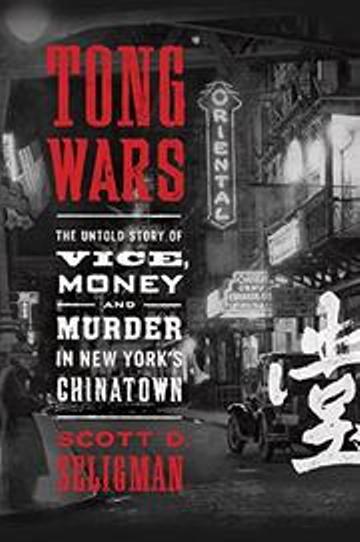‘Tong Wars’ details Chinatown’s two early 20th-century gangs fought for the neighborhood’s control
A new history of turf wars between rival New York City Chinatown brotherhoods from the turn of the century to the Depression reveals the shabby justice and bigotry practiced on immigrants by American authorities.
A journalist and “China hand” proficient in the languages, Seligman has been able to interpret historic archives—e.g., New York City newspapers, indexing of census records—regarding Chinatown as previous historians have not. As a result, his work is richly textured and avoids black-and-white judgments regarding the tongs, or secret brotherhoods, which served a vital function in helping advocate for and protect the fragile community of Chinese immigrants in the wake of the Chinese Exclusion Act of 1882. The author examines the beginning migrants mostly from California in the 1870s, such as the early Hong Kong–born merchant and community leader Wo Kee, who first staked out a general store and boardinghouse at 34 Mott St., just south of Canal in an Irish neighborhood of cheap rents. According to Seligman, the Chinese gravitated toward mutual aid societies as a way to re-create the hierarchical structures they knew back in the old country, and they also needed conduits to deal with the corrupt Tammany Hall bosses and police. The new organization, Loon Yee Tong, was established by spokesman Tom Lee in 1880 and gradually morphed into the On Leong Tong, which took control of the vice dens, including lucrative enterprises of gambling, prostitution, and opium. Meanwhile, another brotherhood, the Hip Sing Tong, originally from San Francisco, was muscling its way into the Chinatown turf, extorting businesses. The author dutifully follows the tit-for-tat wars between the two tongs over the next three decades, involving such illustrious kingpins as Charlie Boston and Mock Duck, and yet the notorious dens of inequity in Chinatown comprised a small percentage of the overall violence prevalent in the rest of the city.
In this entertaining book, Seligman ably demystifies the stereotypes in an age rife with discrimination and unchecked police abuse.













